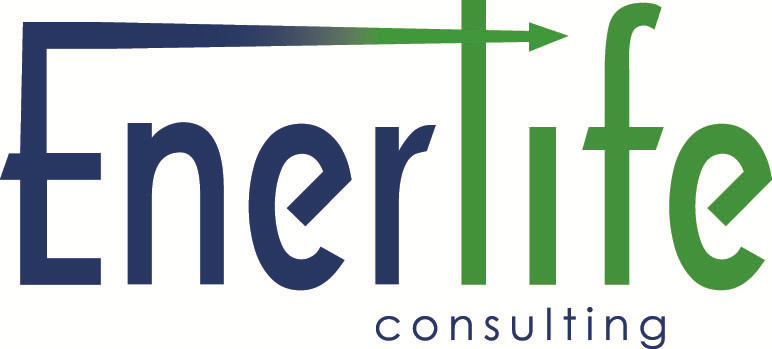Over the past decade Sustainable Schools has analyzed the actual energy performance of Ontario’s 5,000 K-12 schools along with data from reputed high-performance schools across North America. No correlation has been found with building age or any particular HVAC system design. Indeed, some of the early research into schools funded under the federal Commercial Building Incentive Program found no overall improvement due to additional investment and that some intended energy efficient design improvements, such as ventilation heat recovery equipment, were actually counter-productive, adding more in fan power than was saved in heating energy use. More recently, we have begun looking into applications of ground-source heat pumps of which there are 50 reported in Ontario’s schools. Despite the additional investment, only a few operate as efficiently as the best of conventionally heated schools while most are at or above the median energy use of all schools.
The accumulation of data over the years indicate that the fundamentals of high energy efficiency lie not in additional investment but rather in design standards, commissioning, operations, building automation and organizational alignment. All of these can be accomplished with today’s good practice technology and strong attention to detail. Enerlife’s Energy Advisor services set up these processes and position the school boards to achieve and sustain high performance in new and existing schools while making the most of funding opportunities.
- Design standards provide guidance on power densities and equipment sizing as well as service levels, avoiding over-design.
- Proper commissioning verifies that design standards are achieved in operation and takes corrective action where this is not the case.
- Operational excellence establishes schedules and set-points and ensures they are followed.
- Building automation monitors all key parameters, in particular indoor environmental quality during occupied periods, and constantly makes adjustments to deliver required comfort levels with optimal energy use.
- Organizational alignment characterizes the top-performing boards, with clear policies, effective internal reporting systems, technology-assisted maintenance processes, staff training and engagement of teachers and students in energy efficient behavior.
Some incremental capital costs may be required for climate change response and to address the growing demand for air conditioning. Low temperature heating systems which enable higher efficiency boilers and heat pump technology are becoming increasingly important in Ontario to avoid emissions and further reduce energy use intensity. Addition of air conditioning does incur capital costs but adds only a small amount to energy use.


